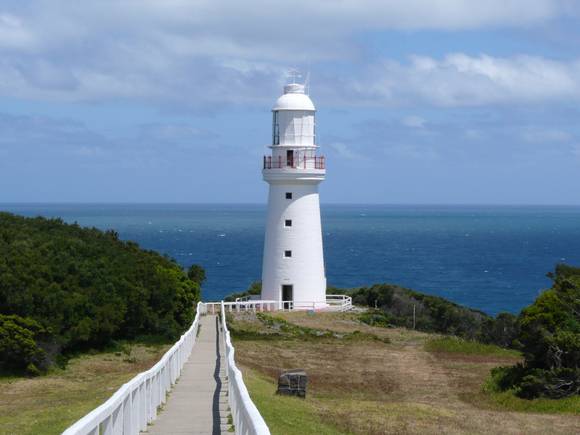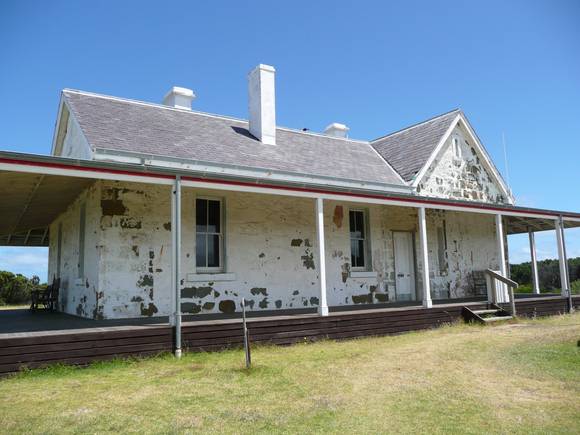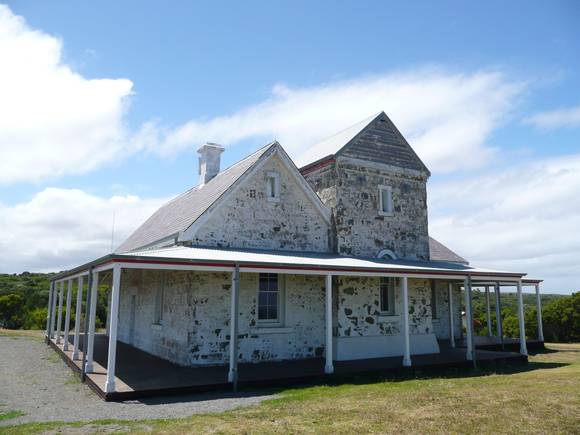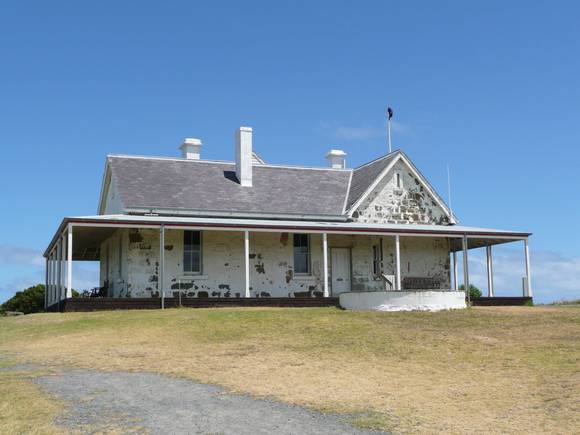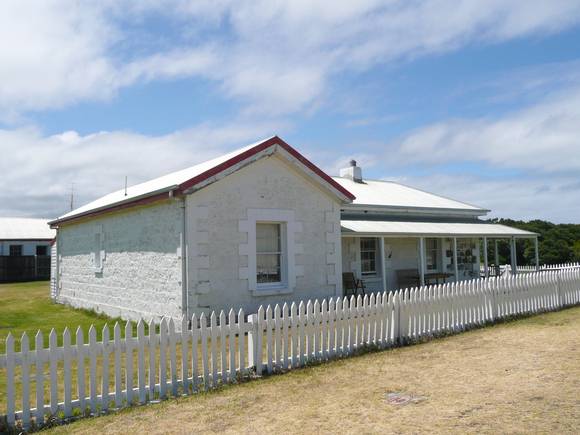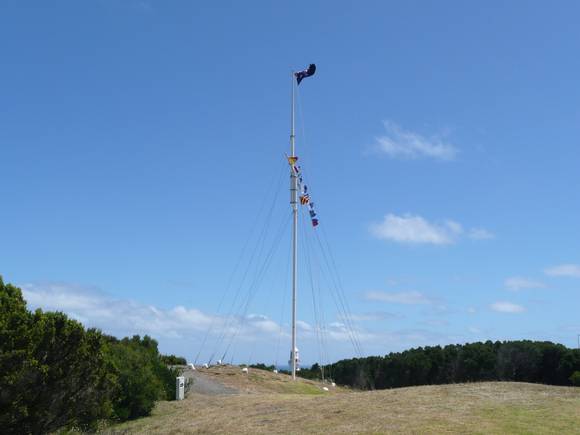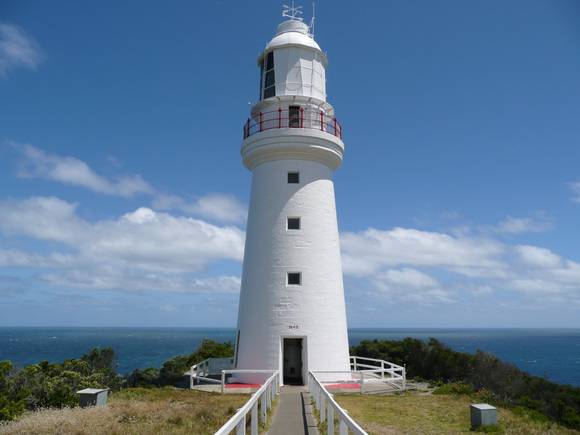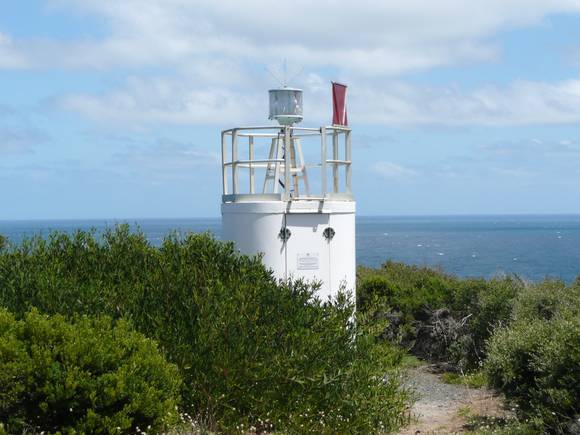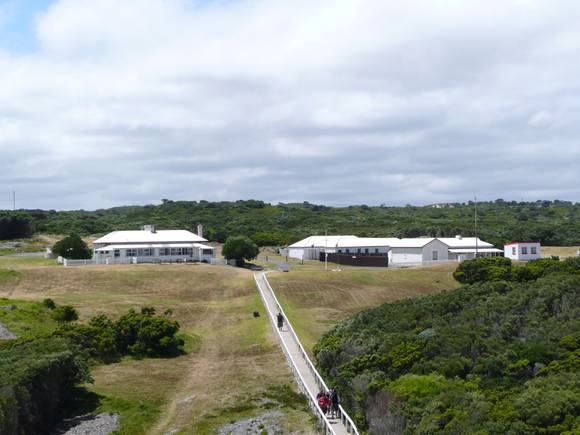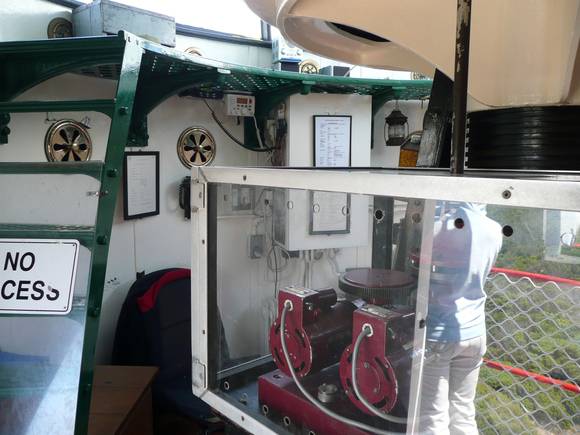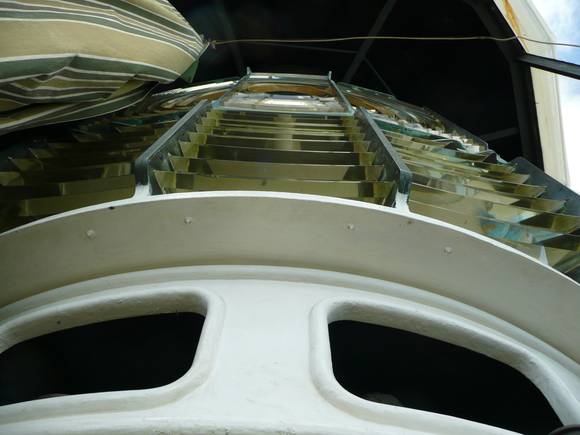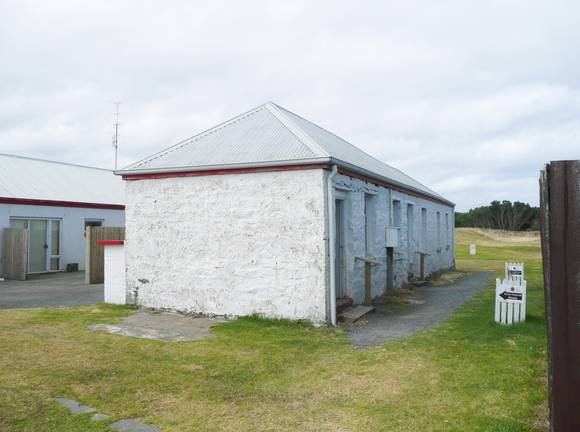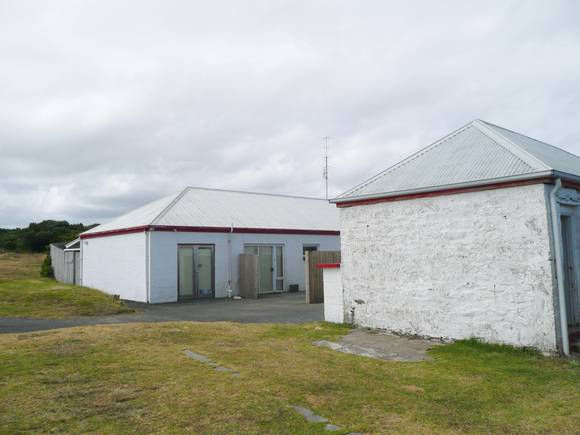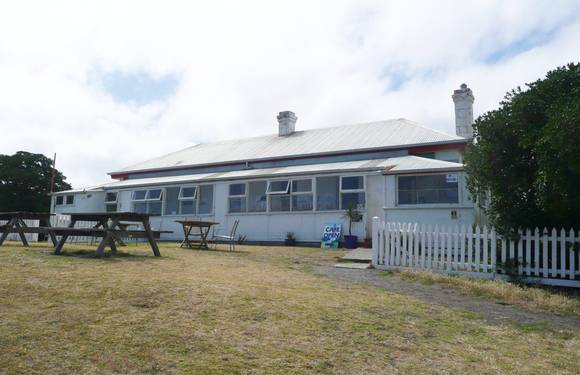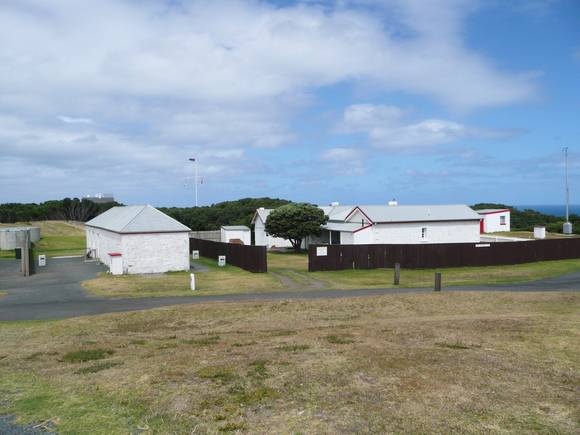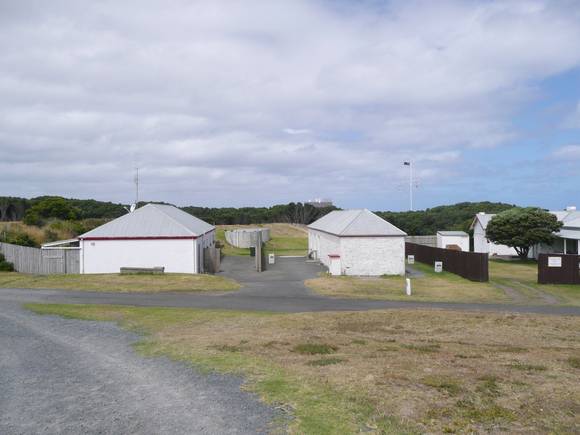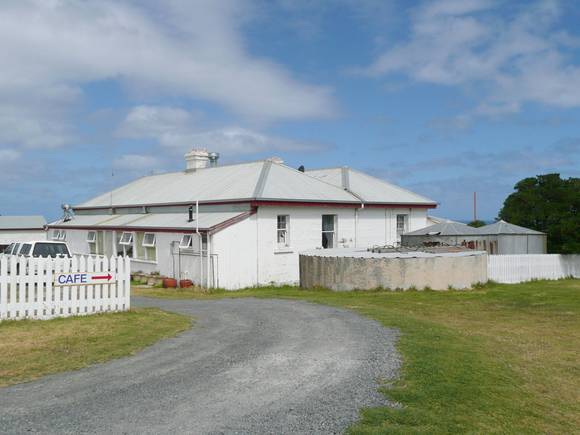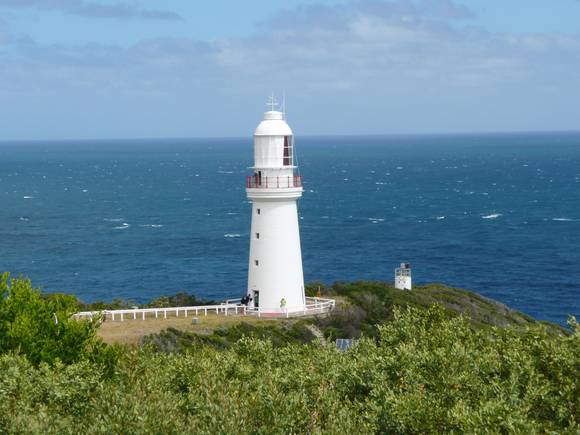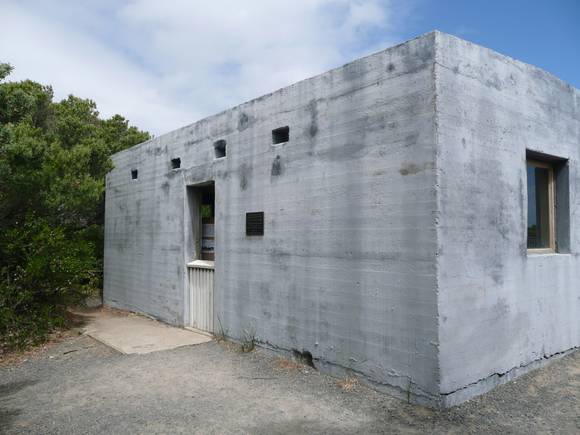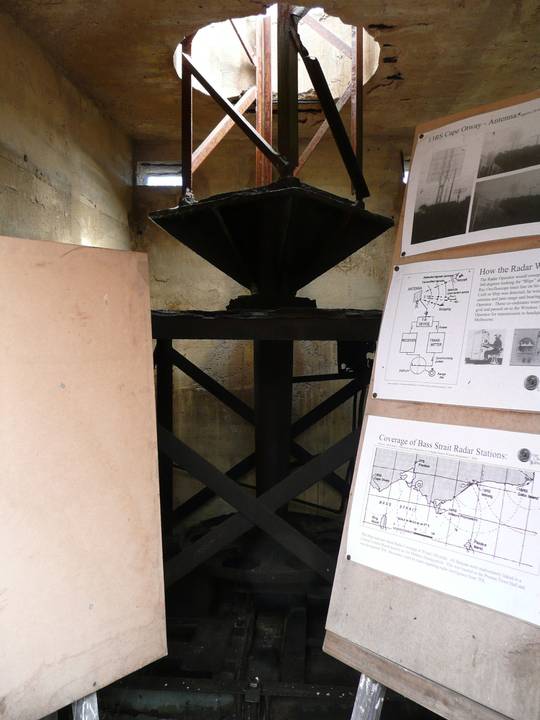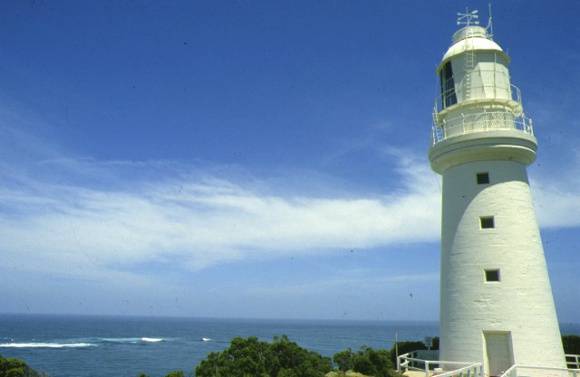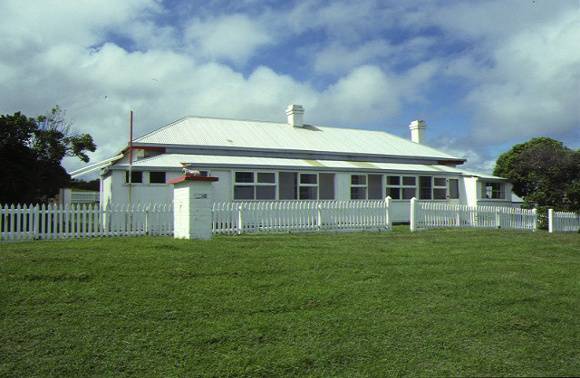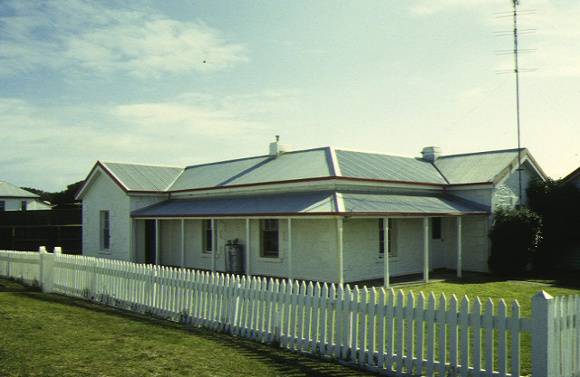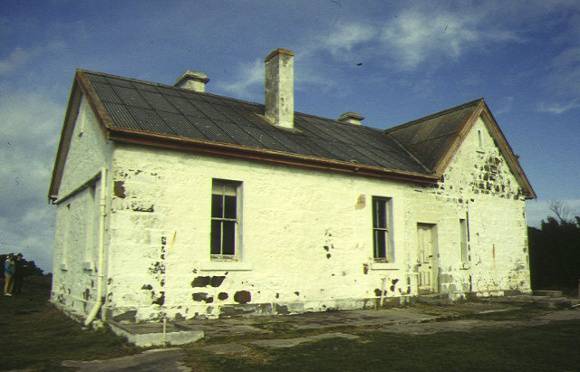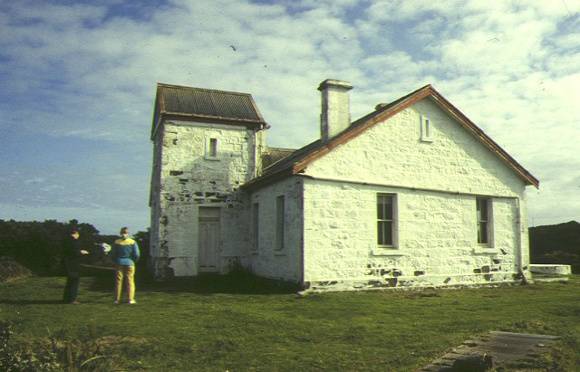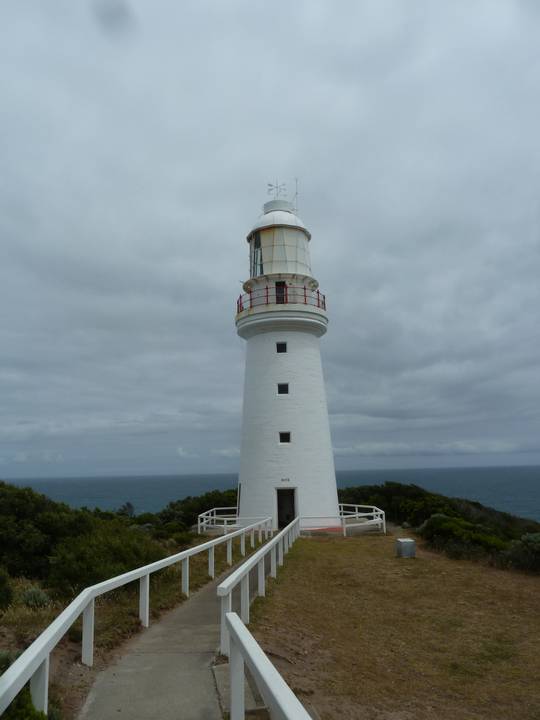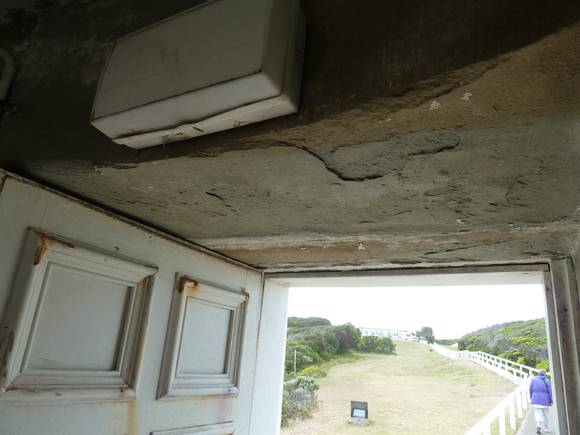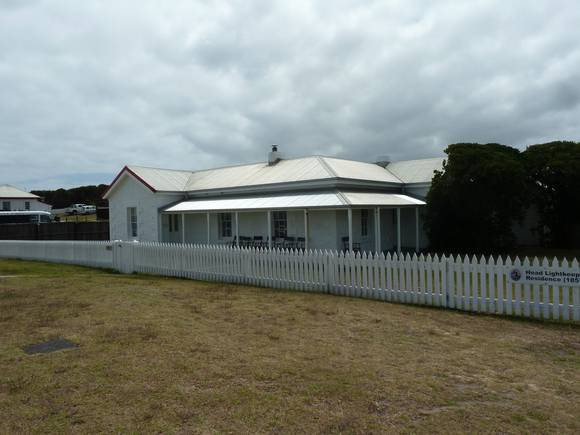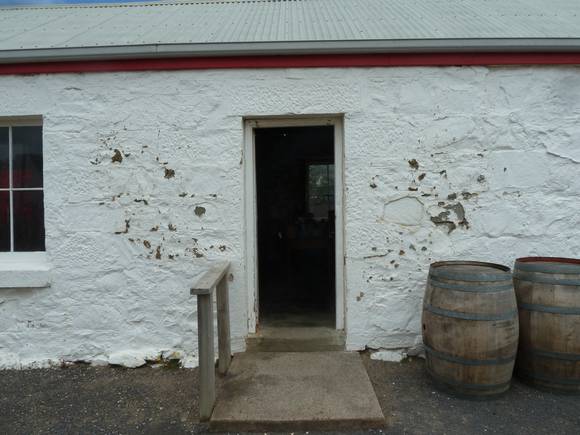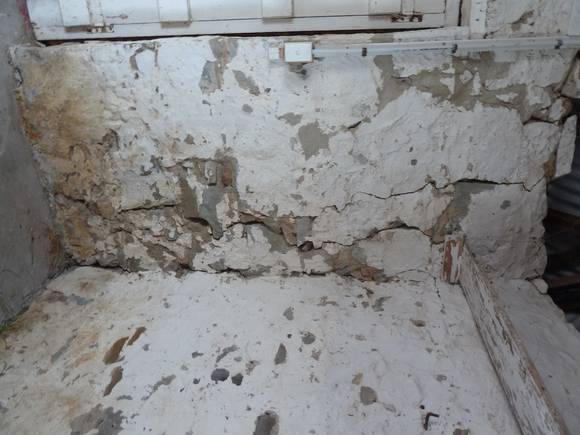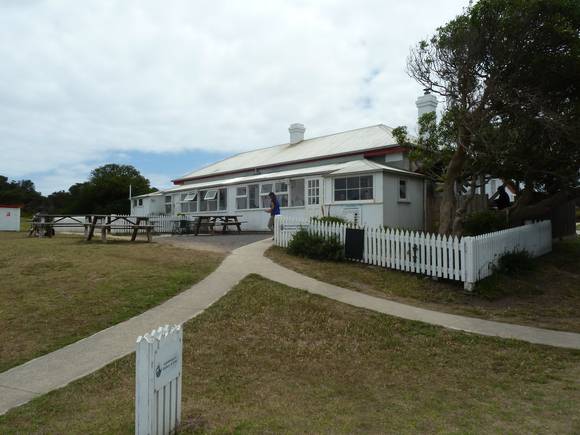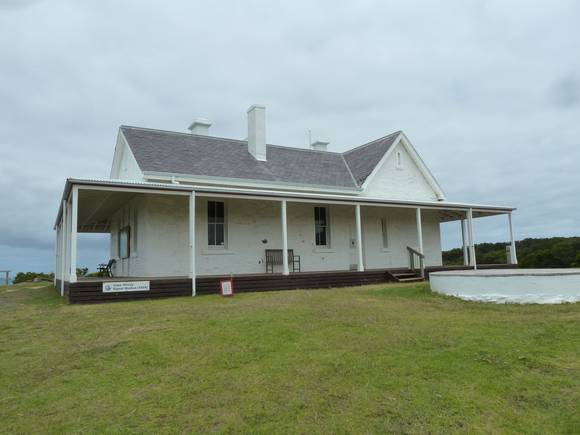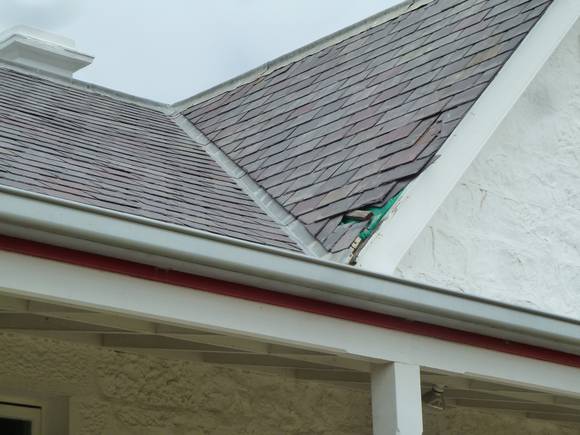| Back to search results » | Back to search page » |
|
CAPE OTWAY LIGHTSTATION
Statement of Significance
What is significant? The Cape Otway Lightstation was constructed in 1846-48 following the recommendation of the 1845 New South Wales Select Committee on Lighthouses in response to a number of shipping disasters in Bass Strait. The site was personally selected by Superintendent Charles Joseph La Trobe and the lighthouse was designed by NSW government architect Mortimer Lewis. The lighthouse was built of nearby Parker River sandstone and was altered to accommodate a Chance Bros lantern in 1891. The stone keepers' quarters date from 1857-58, probably to the design of Victorian Public Works Department architect Charles Maplestone, and replace an earlier structure. The two roomed assistant keepers' quarters of c.1848 were later incorporated into the store and workshop building. The signal station was built in 1859 and was a link in the first telegraph connection across Bass Strait. Most of the early buildings, with the exception of the signal station, are in very good condition and have had only slight alteration. The lighthouse no longer operates but retains all its equipment. Also related to the site are a cemetery and the ruinous remains of some Second World War military buildings. How is it significant? Cape Otway Lightstation is of historical, architectural and social importance to the State of Victoria. Why is it significant? Cape Otway Lightstation is historically important because the lighthouse is the oldest surviving lighthouse on the Australian mainland. The lightstation has, since 1848, been a crucially important link in the national system of navigation aids which began with the Macquarie light in 1819. It is also historically important as the usual Australian landfall for ships coming from Europe. The signal station is important for its key role in the relaying of news from Europe to Melbourne before the construction of the overland telegraph. Cape Otway Lightstation is architecturally important as a grouping early lighthouse buildings. The lighthouse is important as a rare Victorian example of the work of NSW government architect Mortimer Lewis. The keepers' quarters are important as an intact group of lightstation residences and for their associations with Charles Maplestone who designed the similar and contemporary quarters at Cape Schanck, Wilsons Promontory and Gabo Island and which together form the best series of lightstation residences in Victoria. The signal station is important as a fine and rare example of a building type. Cape Otway Lightstation is socially important as a manifestation of the remote yet responsible lifestyle of the lighthouse keepers and their families. The lightstation was a crucially important outpost which provided a dependable link to the outside world for mariners and the surrounding community. The cemetery, in which are interred the remains of both lightkeepers and their families and victims of marine accidents is an important manifestation of the former isolation of the site.
Group
Postal and Telecommunications
Category
Telegraph Station


